
A showdown between Wing Chun and boxing on screen - Photo: SC
Wing Chun suffers humiliating defeat in the ring.
In the history of Chinese martial arts, Wing Chun was once praised as an elite style, rich in practical combat skills, closely associated with the legend of Ip Man and his illustrious image on screen.
But the question arises in the era of professional boxing: does Wing Chun still have practical combat relevance? A few years ago, Xu Xiaodong showed the martial arts world part of the truth.
The 2018 fight between Ding Hao – a highly publicized Wing Chun master from Beijing – and Xu Xiaodong, a mediocre MMA fighter, proved to be a harsh blow to fans of Chinese kung fu.

Xu Xiaodong (in black shirt) quickly tackles Ding Hao to the ground - Photo: FB
This match was played under the rules of Sanda (a form of Chinese martial arts combat that prohibits grappling on the ground). Even so, Ding Hao still appeared flustered.
He was repeatedly thrown to the ground, hit with a barrage of blows, and failed to demonstrate any advantage. According to The Taichi Notebook , Ding Hao was "crushed by Xu Xiaodong." Only thanks to the referee's intervention did the match end in a controversial draw.
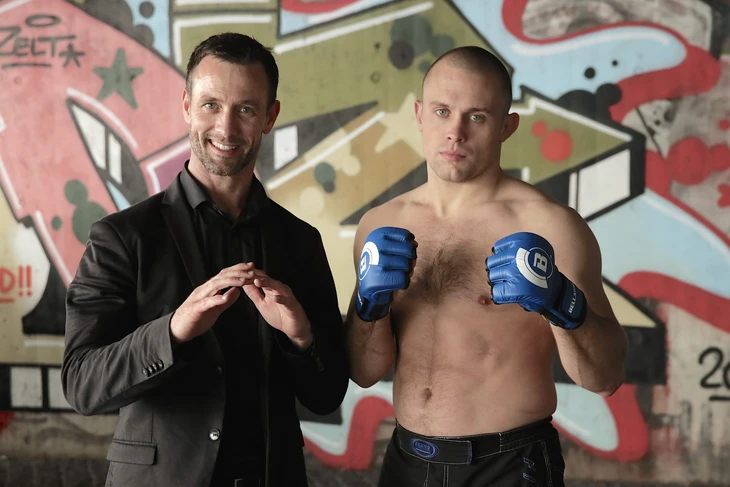
Many professional martial artists have studied Wing Chun under various instructors - Photo: Police
A year later, Ding Hao faced another professional Sanda fighter. And this time, he was knocked out after only a few rounds.
The Bloody Elbow newspaper described it as follows: “Ding Hao, the Wing Chun master, was knocked down once again. And the match had to stop when he fell sprawling on the floor.”
These losses reflect the reality that original Wing Chun was not built for the arena with rules, which require the ability to withstand blows, grappling skills, locks, and high-intensity sparring training.
Meanwhile, martial arts that have proven more effective – such as Sanda, Muay Thai, or Brazilian Jiu-Jitsu – fully develop those elements.
Why does Wing Chun lack practical combat experience?
Modern martial arts experts recognize that Wing Chun was originally designed for close-combat situations in real life, with many strikes targeting vulnerable points such as the eyes, throat, and groin.
However, these techniques are not valid in professional boxing. Furthermore, Wing Chun places less emphasis on close-combat clinches, takedowns, and ground wrestling, which are core elements of mixed martial arts.
An analysis on Dragon Inst points out: "Wing Chun is useful in some principles. However, it lacks regular sparring training and long-term real-world combat experience. This is what makes the martial art gradually become outdated in the professional arena."
Many martial artists still study Wing Chun.
Nevertheless, it cannot be denied that many renowned martial artists have sought to exploit the principles of Wing Chun and applied them successfully.
Tony Ferguson, the former UFC interim lightweight champion, is famous for often using a Wing Chun wooden dummy in his training.
He honed his quick reflexes, his ability to close the distance, and his use of elbows and fists at close range—characteristics of Wing Chun.
On the Sherdog forum, martial arts experts commented: "Ferguson uses many Wing Chun principles in close combat. His elbow strikes, his approach—everything has the characteristics of Wing Chun. And they are effective in mixed martial arts."
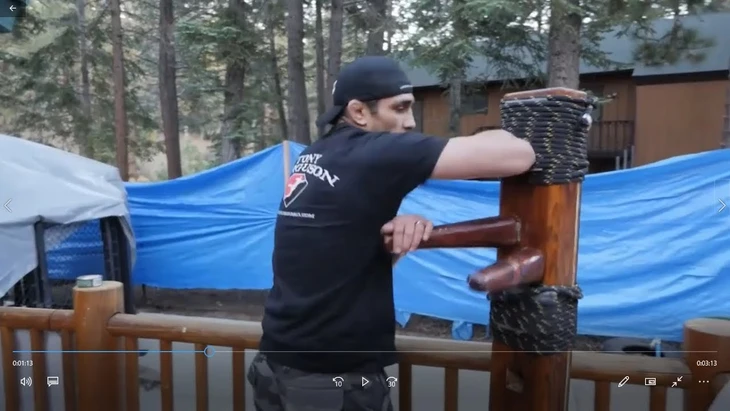
Ferguson trains with a Wing Chun wooden dummy - Photo: YT
Anderson Silva, the Brazilian legend, also studied Bruce Lee's martial arts philosophy, which includes Wing Chun.
He is famous for his "trapping" ability – blocking and controlling an opponent's arms to launch a quick counter-attack. This skill has helped Silva defeat many opponents in the UFC.
Jon Jones, widely regarded as the greatest fighter in UFC history, has also admitted to applying Wing Chun principles, particularly the oblique kick, to disrupt movement. This technique stems from Wing Chun's philosophy of controlling the midline and has become a familiar weapon that helps Jones dominate the fight.

Tony Ferguson is formidable in the ring - Photo: UFC
Based on these specific examples, it can be said that the original Wing Chun style is unlikely to succeed when entering the professional arena.
However, when its principles are refined and combined with other modern martial arts – such as boxing, Muay Thai, wrestling, and Jiu-Jitsu – Wing Chun still holds a place in the world of elite martial arts.
Experts have concluded that the value of Wing Chun lies in its principles of movement, close-range combat, and mid-line control, rather than in maintaining it as an independent style in competition.
As Tony Ferguson once said: "I use Wing Chun to train reflexes, to keep my opponents under pressure when I'm at close range. But to win, I have to combine it with other martial arts."
Source: https://tuoitre.vn/vinh-xuan-quyen-co-thang-noi-ai-tren-vo-dai-chuyen-nghiep-20250819113508323.htm








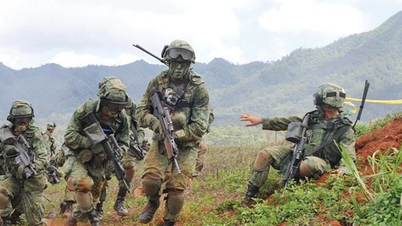

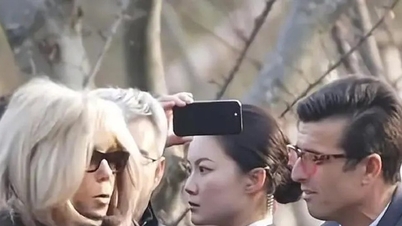




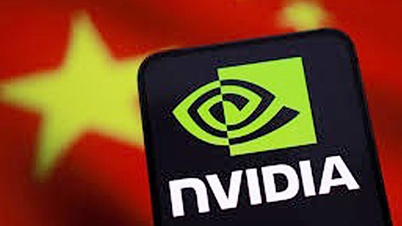


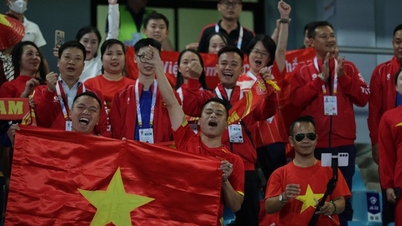






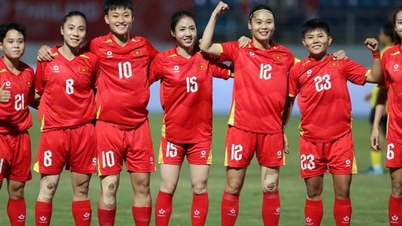

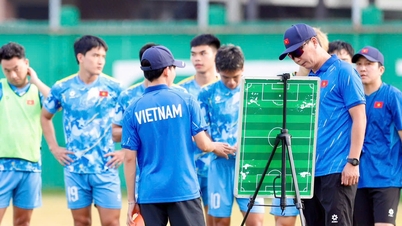








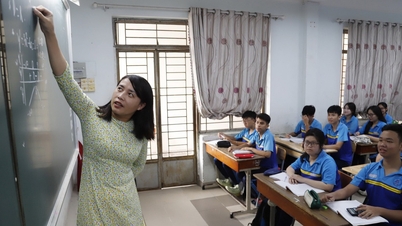
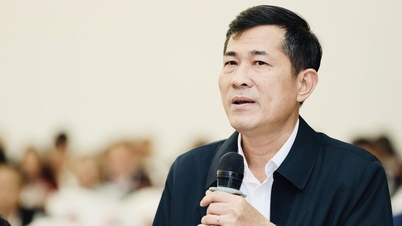
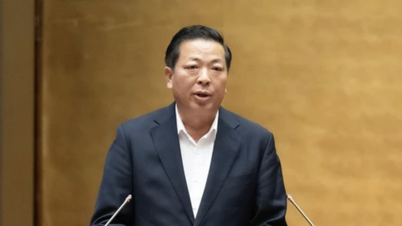
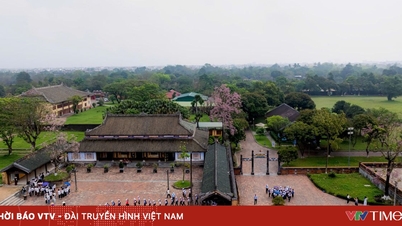








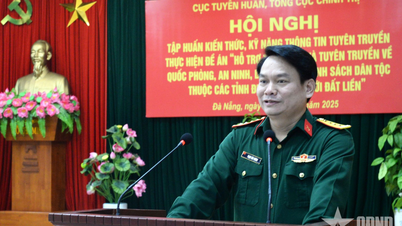

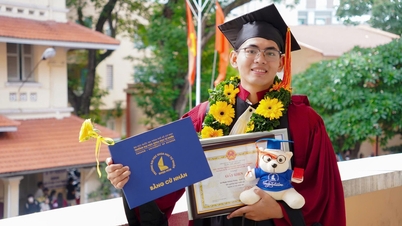





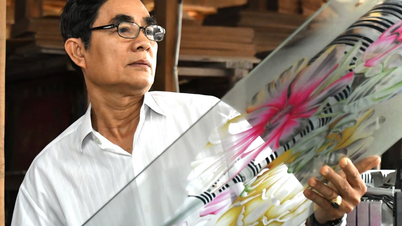


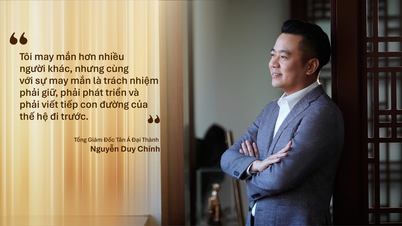







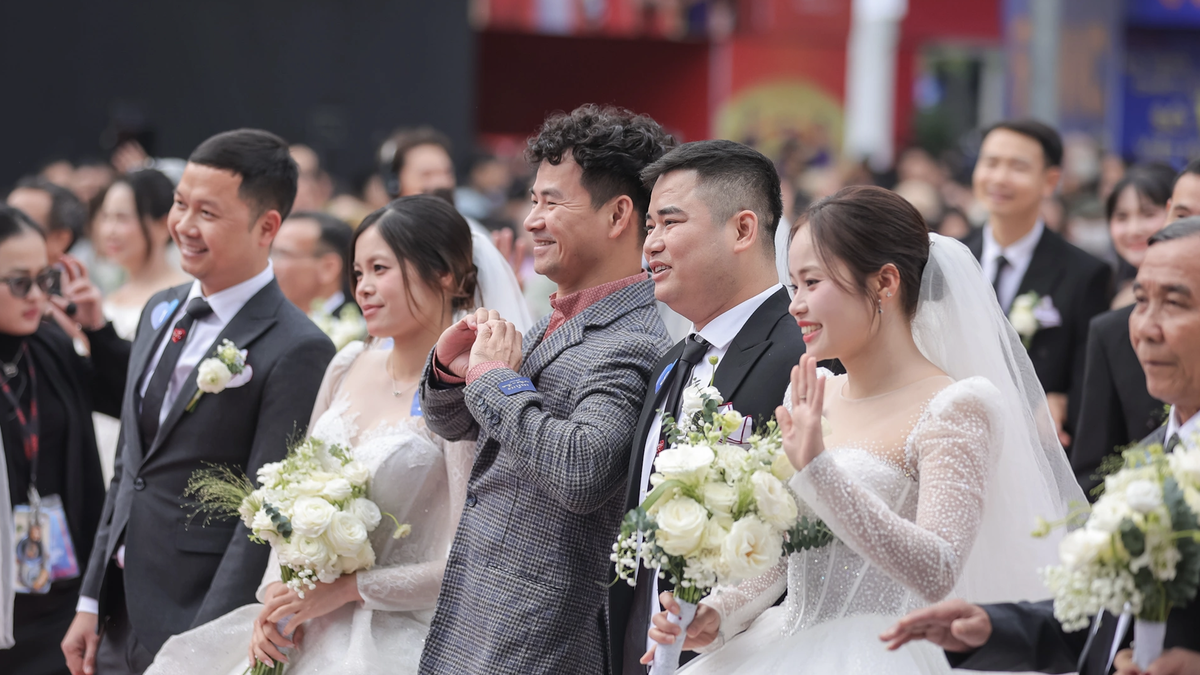



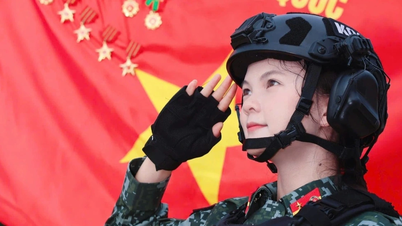

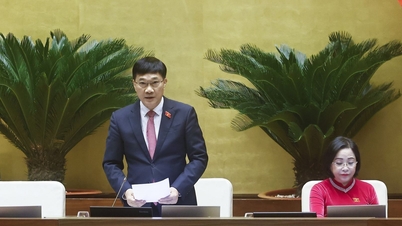

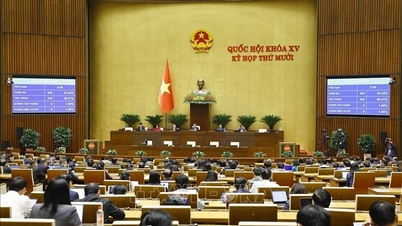
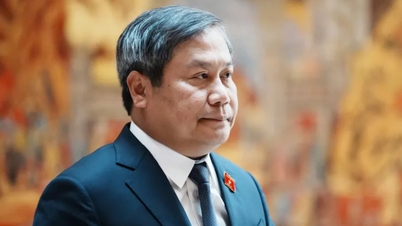
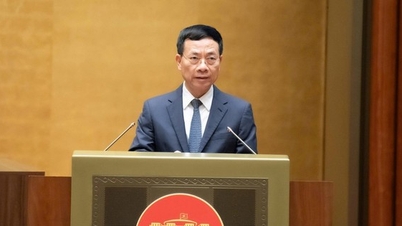




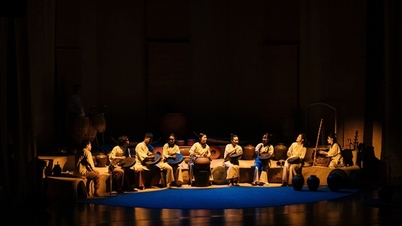






























Comment (0)